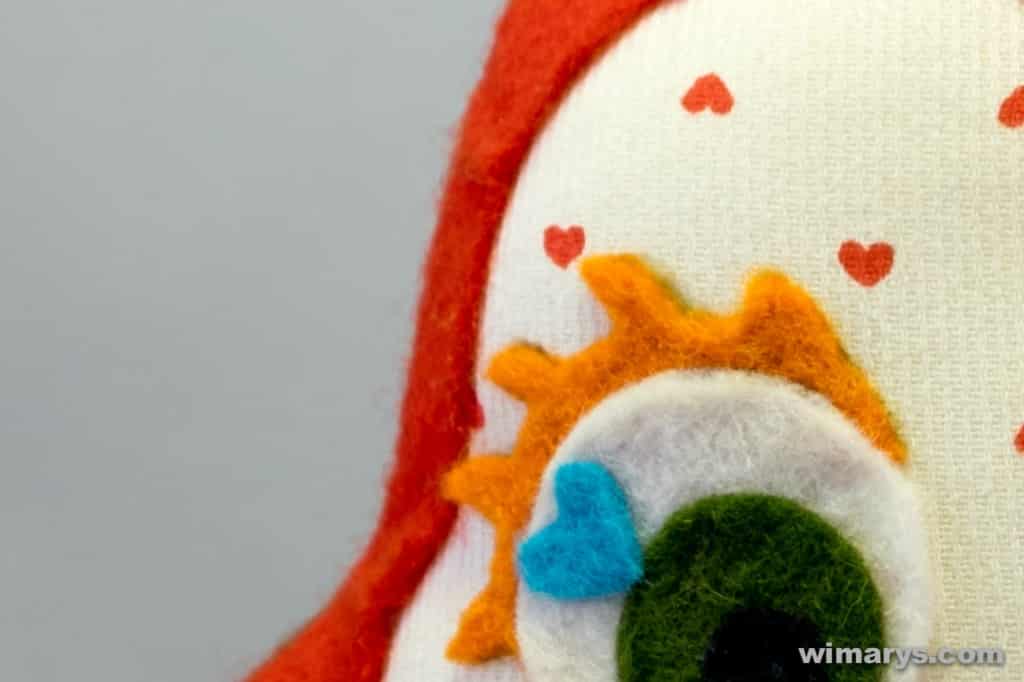Fuji X-T1: ISO test
Another day, another test, today we’re looking at the Fuji X-T1.

crop-200
Some people find ISO tests useless, as visible noise is highly dependent on lighting conditions, colours, shadows and darks.
- The trick is to look at darks, shadows, contrast areas and tones. If the noise is present, you’ll find it there.
- Remember that all digital cameras produce noise, in the same way, a test like this shows that some are better at reducing it than others.
How this test was done
- I use a product
- a colourful subject,
- same aperture
- a sturdy stand so slower shutter times won’t incur any blur
- As I always shoot in RAW
None of the samples has any noise reduction applied by me. However, it has been widely stated that Fujifilm does do some RAW cooking internally.
Image comparison
- 200
- 250
- 320
- 400
- 500
- 640
- 800
- 1000
- 1250
- 1600
- 2000
- 2500
- Fuji X-T1 ISO 3200
- 4000
- 5000
- 6400
Looking at the samples shots, there is always some grain present (except maybe at ISO 200) but it is never unpleasing really. Images are usable up to ISO 3200, and 6400 isn’t looking that bad either. Compared to other APS-C format cameras,
100% crop
- crop-200
- crop-250
- crop-320
- crop-400
- crop-500
- crop-640
- crop-800
- crop-1000
- crop-1250
- crop-1600
- crop-2000
- crop-2500
- crop-3200
- crop-4000
- crop-5000
- crop-6400
At 100% crop, you can see the noise steadily increasing throughout the ISO range. I don’t really see a threshold number, as I mentioned earlier the Fujifilm takes the analogue approach where there is not really a number marker.
Conclusion
I’ve had some comments on pictures taken with the X-Trans II CMOS sensor in my stories section, by bedroom experts stating that some are noisy.
Well let’s go back into time, when film roll was still used and dinosaurs probably still roamed the earth… An ISO 400 film would already exhibit a high amount of noise. Not to be confused with the digital noise we see in modern day cameras, with colour artefacts and sometimes extreme loss of detail. This analogue grain is still considered pleasing by some dinosaur photographers today (yes I’m being ironic), and is added to many published pictures to give more contrast, more detail, improve the blacks… As I see it, this is the approach the company takes to ISO noise. They use it to their advantage instead of the more clinical approach a company like Sony does.
One last remark on noise reduction: applying it to the Fuji X-T1 does impact sharpness, so it should be used carefully.
Hi Wim, try RawTherapee and then you will have better images and better noise reduction. Lr does not give the best result for democaising and noise reduction only!
Hi Paul, thanks for the tip. I had moved on to Capture One after writing this post. And have lately actually moved back again to Lightroom together with Iriedient Developer and NoiseNinja.